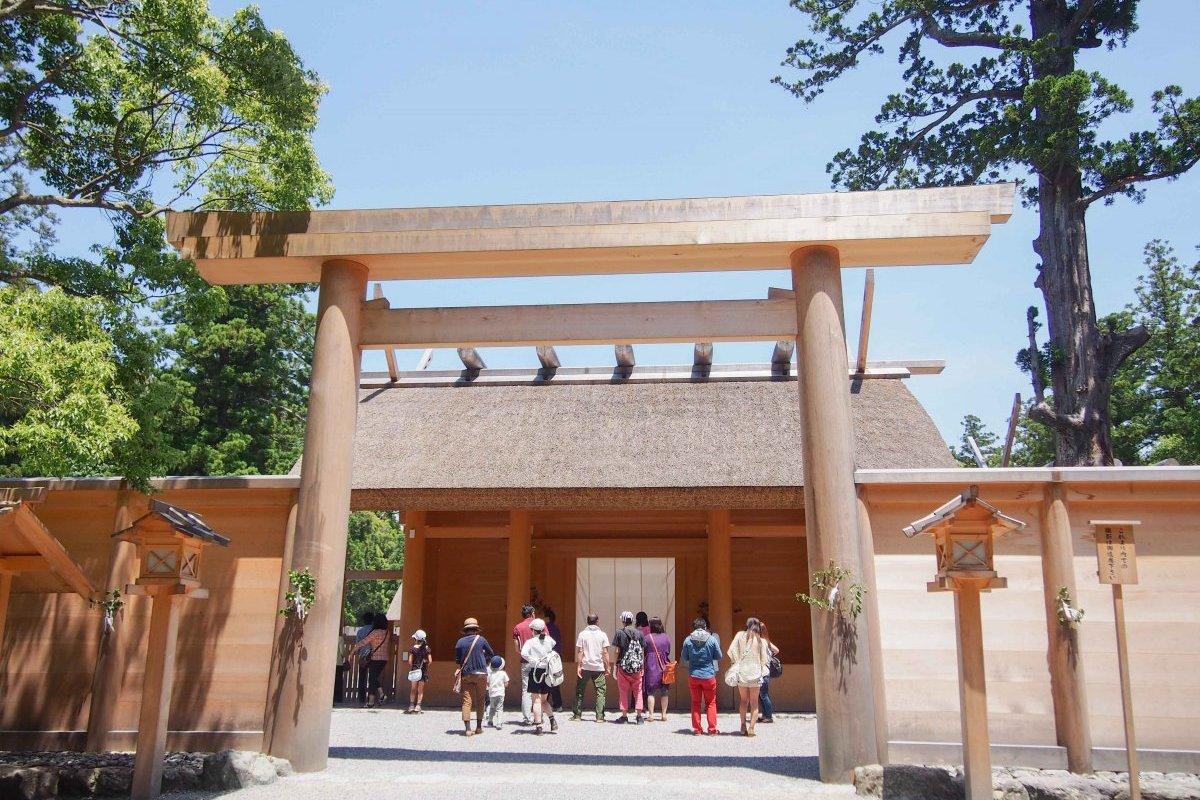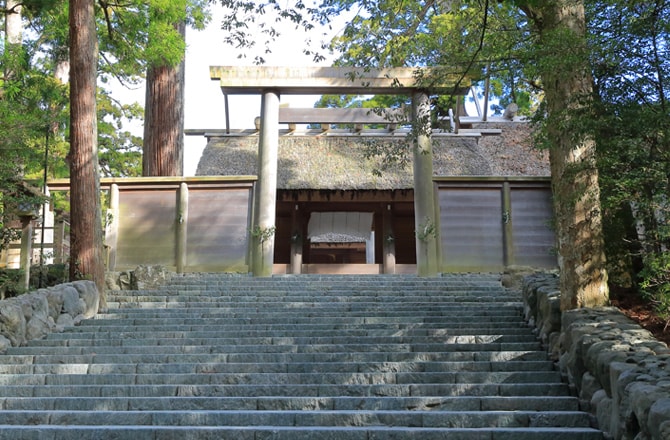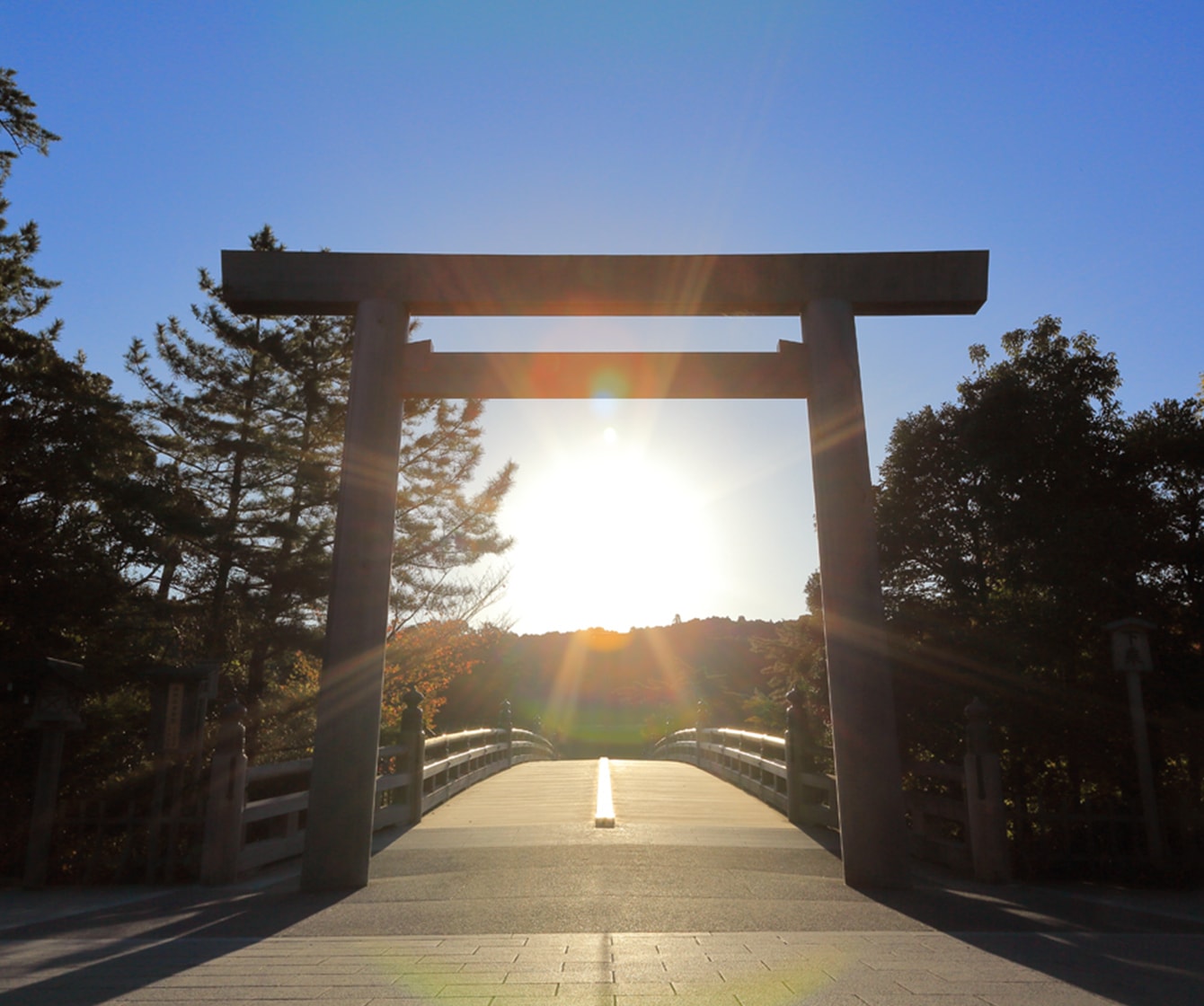


Ise Grand Shrine (Ise Jingu)
The sacred heart of Japan's Shinto faith, home to the sun goddess Amaterasu.
The most venerated Shinto shrine in Japan, Ise Jingu in Mie Prefecture is the spiritual home of the Japanese people and the ancestral shrine of the Imperial Family.
History of the Shrine
With a history stretching back almost two millennia, Ise Grand Shrine is considered the pinnacle of Shinto worship. According to the ancient text 'Nihon Shoki', the shrine was founded when the princess Yamatohime-no-mikoto sought a permanent home to worship the sun goddess Amaterasu Omikami. After wandering for 20 years, she received a divine message from Amaterasu to establish the shrine in the tranquil lands of Ise.
Ise Jingu's most unique and vital tradition is the 'Shikinen Sengu', a ritual that has been performed every 20 years since the 7th century. In this monumental undertaking, the main shrine buildings, bridges, and sacred treasures are completely rebuilt on an adjacent, identical plot of land using ancient, nail-free joinery techniques. This ritual serves not only to transfer priceless architectural skills to the next generation but, more importantly, to renew the power and blessings of the enshrined kami. This cycle of death and rebirth makes the shrine eternally old and eternally new, a concept known as 'tokowaka' (eternal youth).
The Enshrined Kami
Amaterasu Omikami, enshrined in the Naiku, is the sun goddess and the most important deity in the Shinto pantheon. She is believed to be the mythical ancestor of the Japanese Imperial Family, and her presence at Ise establishes it as the nation's spiritual anchor. She represents light, purity, creation, and the life-giving energy of the universe. The sacred mirror, Yata no Kagami, one of the three Imperial Regalia, is said to be housed at the Naiku as her 'goshintai' or divine vessel.
Toyouke Omikami, in the Geku, is the kami of food, housing, and clothing—the fundamental necessities of life. She was summoned to Ise to serve as the divine chef for Amaterasu, symbolizing the importance of agriculture and industry in sustaining the nation. Her worship is a prayer of gratitude for daily provisions.
What to See
Ise Jingu is a vast complex, primarily centered around two main shrines: the Naiku (Inner Shrine) and the Geku (Outer Shrine). The Naiku is dedicated to Amaterasu Omikami and is considered the most sacred location. Visitors cross the beautiful wooden Uji Bridge, which spans the Isuzu River, marking a symbolic entry into the sacred realm. The main sanctuary itself is hidden behind four layers of wooden fences, and visitors can only offer prayers from a distance, peering at the thatched roofs of the shrine which represent a pure, ancient Japanese architectural style.
The Geku is dedicated to Toyouke Omikami, the kami of agriculture and industry, who provides sacred food for Amaterasu. The atmosphere here is equally serene. The surrounding ancient forests, with their giant camphor trees, are an integral part of the experience, fostering a deep sense of reverence and connection to nature.
Major Festivals
Over 1,500 rituals are conducted at Ise Jingu each year, but the most important is the 'Kanname-sai' in October. This is the first and most significant harvest festival, where the first rice crop of the year is offered by the Emperor (via his emissaries) to Amaterasu in gratitude. The 'Niiname-sai' in November is a similar ritual where the Emperor partakes of the new rice, reaffirming the bond between the kami, the land, and the people. These rituals, many of which are closed to the public, underscore the shrine's central role in the spiritual and agricultural life of the nation.
Support Ise Grand Shrine (Ise Jingu)
Your participation helps preserve this sacred site for future generations. Every digital offering contributes to real shrine preservation efforts across Japan.
By making an offering, you become part of a global community honoring Japanese spiritual traditions and supporting the cultural heritage that has been cherished for centuries.